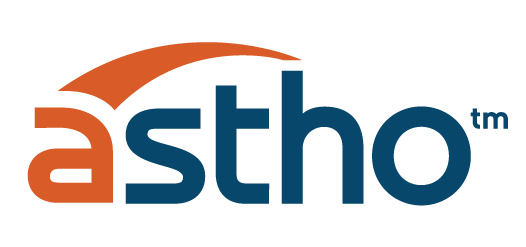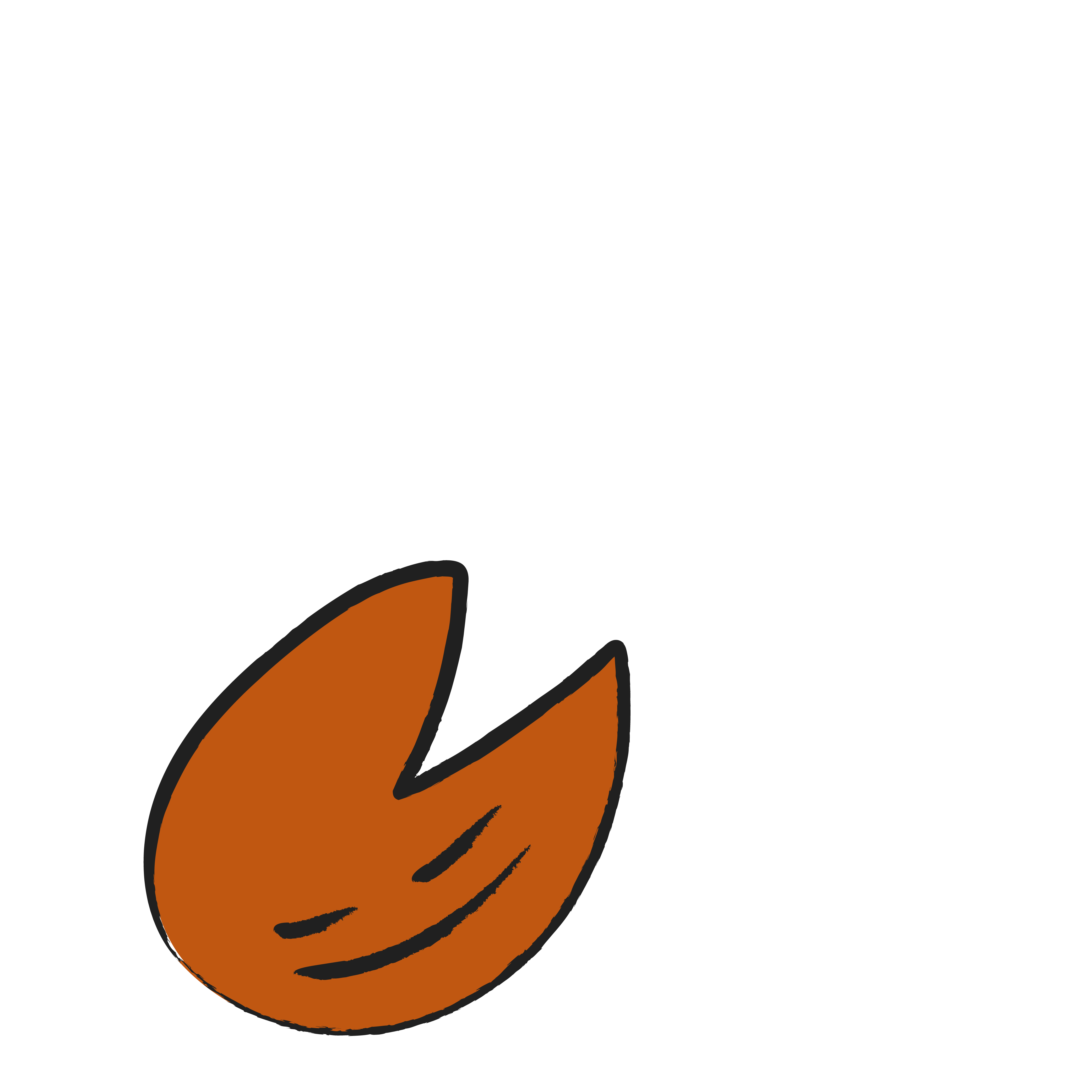
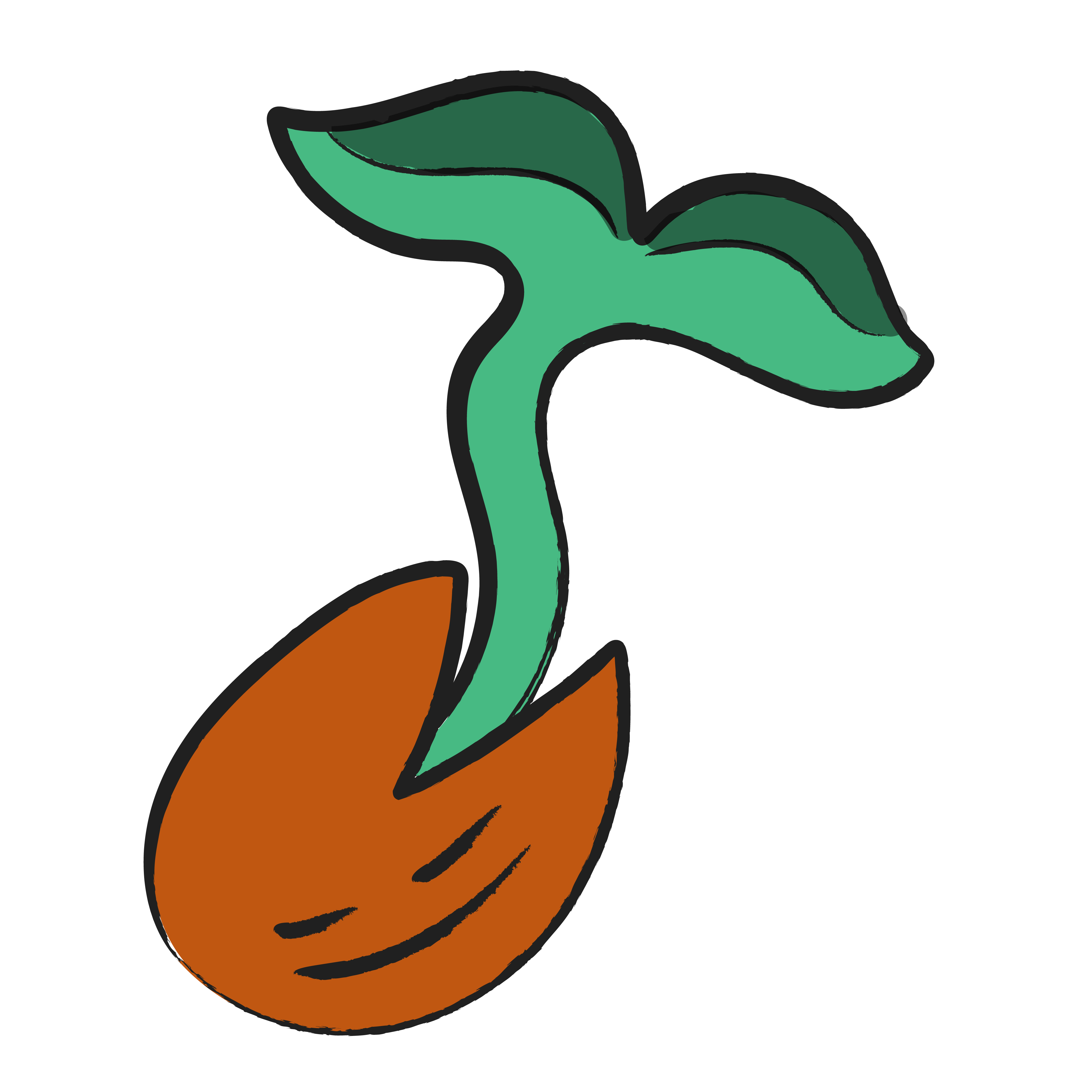
Preventive Health and Health Services Block Grant Funds Leveraged to Kick-off, Nurture, and Amplify Programs A Click-Through Story
Preventive Health and Health Services (PHHS) Block Grant funding allows recipients to plant the seeds for, cultivate, and nurture programs that wouldn’t be viable otherwise.
![An illustrated animated speech bubble gif that says • “Community voice: it's so important and it's part of the reason [we] love the PHHS block grant so much, because it enables us to truly listen and provides the flexibility to be able to fulfill some of the needs that we do see. It’s amazing what kind of changes can be brought about with the amount of funding that they’re asking for. They’re not asking for the sun, moon, and stars, it’s just a little bit just to get started and then a lot of the time they’ll find sustainability elsewhere within the community.”](images/gran_4_quote_1.gif)
![An illustrated animated speech bubble gif that says • “Community voice: it's so important and it's part of the reason [we] love the PHHS block grant so much, because it enables us to truly listen and provides the flexibility to be able to fulfill some of the needs that we do see. It’s amazing what kind of changes can be brought about with the amount of funding that they’re asking for. They’re not asking for the sun, moon, and stars, it’s just a little bit just to get started and then a lot of the time they’ll find sustainability elsewhere within the community.”](images/gran_4_quote_1.png)
—PHHS Block Grant Coordinator, 2023
Recipient Reflections
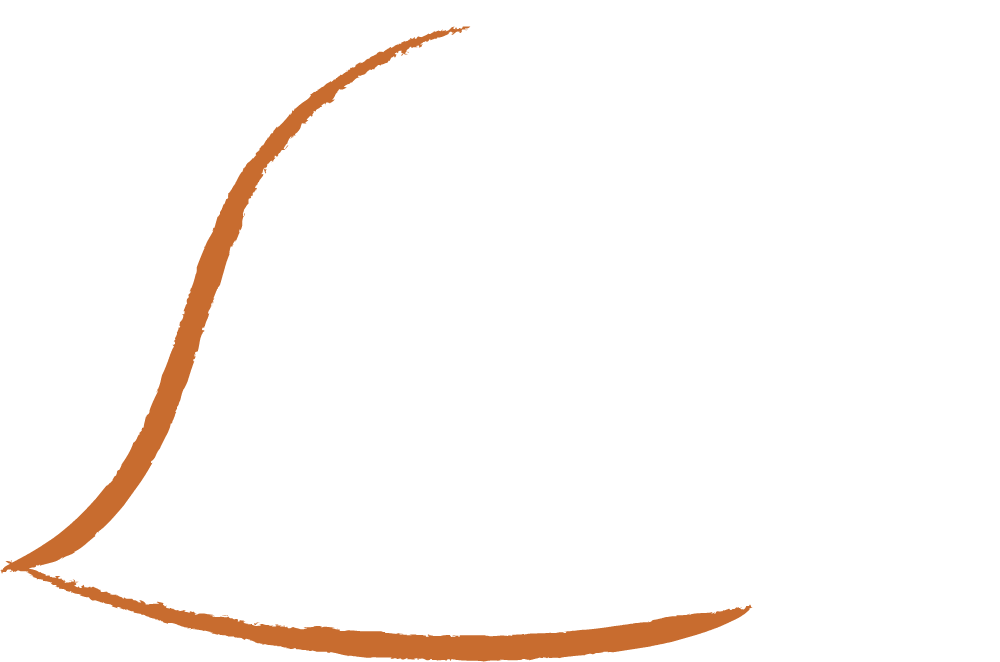
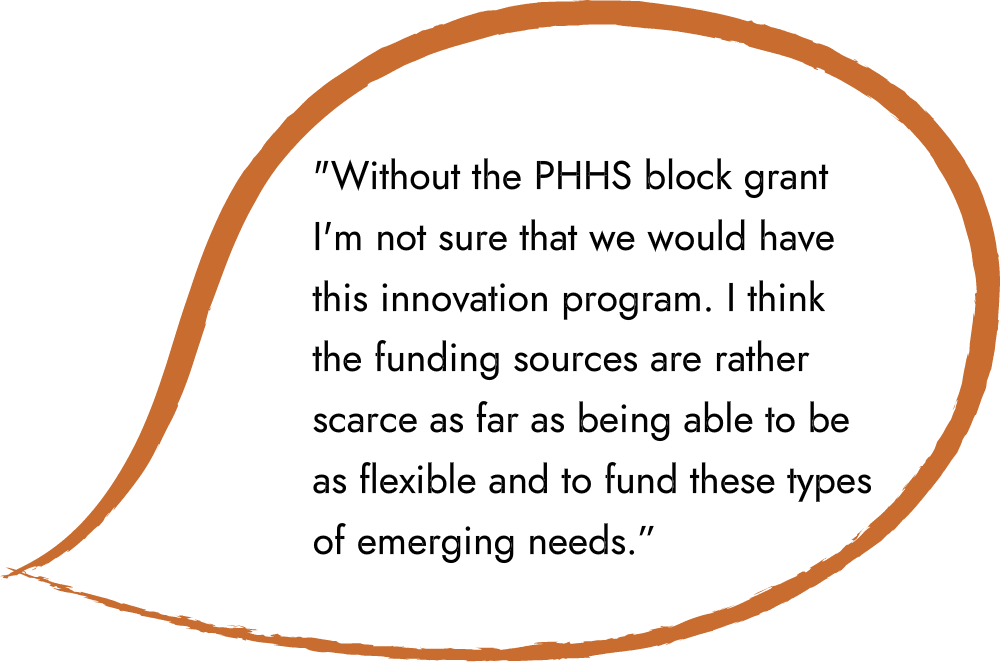
—PHHS Block Grant Coordinator, 2023
![An illustrated gif where a speech bubble with a quote that appears and reads: • “[We] identified some of our biggest gap areas where [PHHS Block Grant] funding would be helpful because there wasn’t other funding in our department.”](images/gran_4_quote_3.gif)
![An illustrated speech bubble with a quote that reads:“[We] identified some of our biggest gap areas where [PHHS Block Grant] funding would be helpful because there wasn’t other funding in our department.”](images/grand_4_quote_3.png)
—PHHS Block Grant Coordinator, 2023


Born out of the need to build and sustain community-led infrastructure that will achieve broad, systemic changes that address root causes of health inequities, the Rhode Island Department of Health (RIDOH) created Health Equity Zones (HEZ).
HEZs are contiguous geographically defined communities of at least 5,000 people with demonstrated social, economic, or environmental disparities or inequities in health outcomes.
This project was impactful in part because it addresses Social Determinants of Health (SDOH), because SDOH contribute to wide health disparities and inequities.1
SDOH can be grouped into 5 domains:

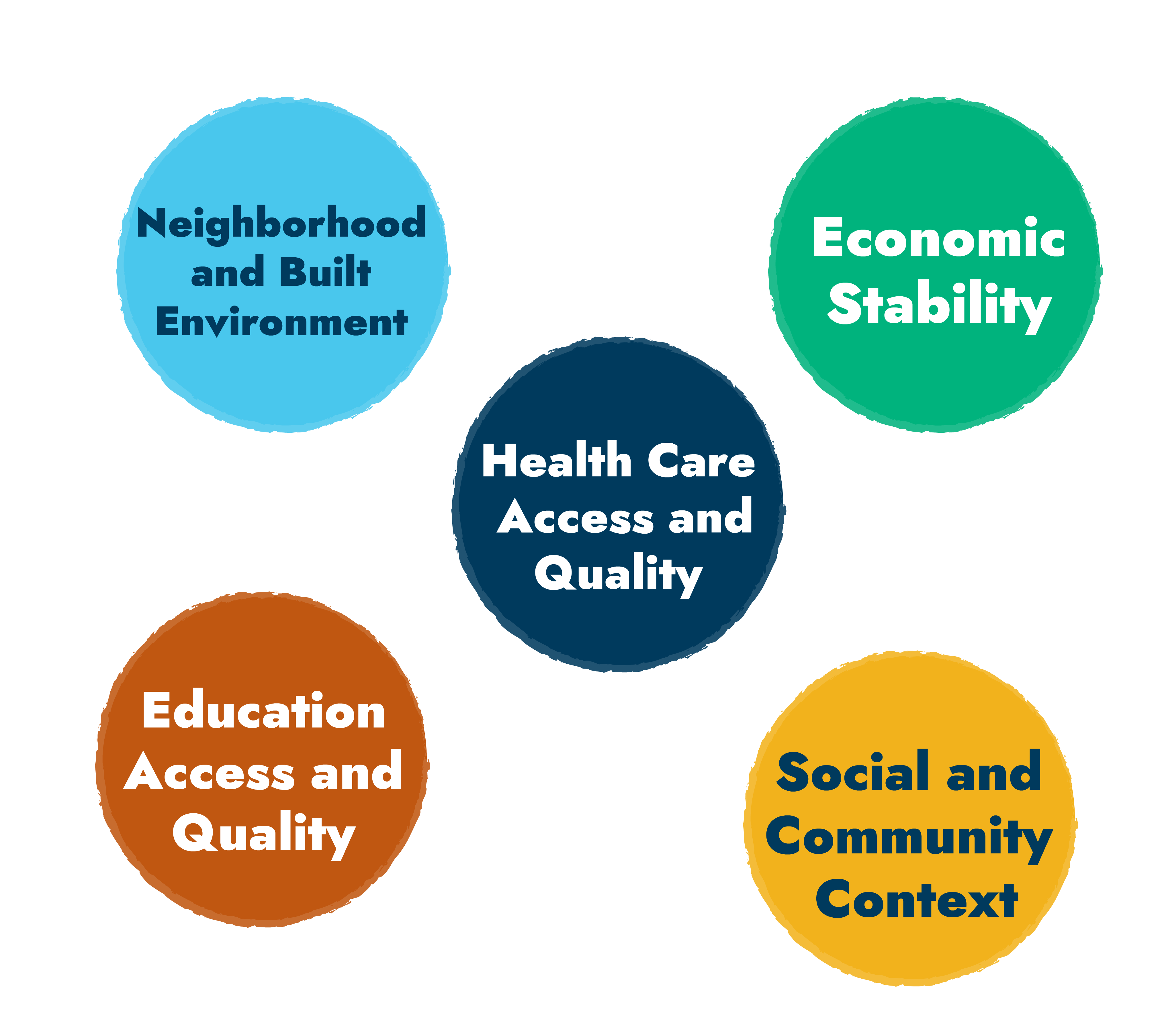
SDOH: are the conditions in the environments where people are born, live, learn, work, play, worship, and age that affect a wide range of health, functioning, and quality-of-life outcomes and risks.
Rhode Island seeks to demonstrate that sustained, adequate investment in community empowerment and capacity is needed to address the root causes of health inequities and reduce disparities.
RIDOH used the PHHS Block Grant’s flexibility to address two funding challenges at the community level which include:
Providing resources devoted to community infrastructure needed to conduct genuine prevention activities
and
Administering funds to support sustainability of projects progress.
To maximize the opportunity to produce sustainable gains on health equity, RIDOH used their PHHS Block Grant funds to implement prevention activities.
To address roots causes and promote health equity, RIDOH has engaged residents as leaders, through both training and compensation, to participate fully in HEZ decision making.

They have used a collaborative, community led process to assess both assets and needs and implement data-driven action plans to address unique social, economic, or environmental disparities or inequities and poor health outcomes.
This work also demonstrates how innovation can happen by prioritizing regional and contextual differences during program implementation.
Rhode Island HEZ Locations: 2
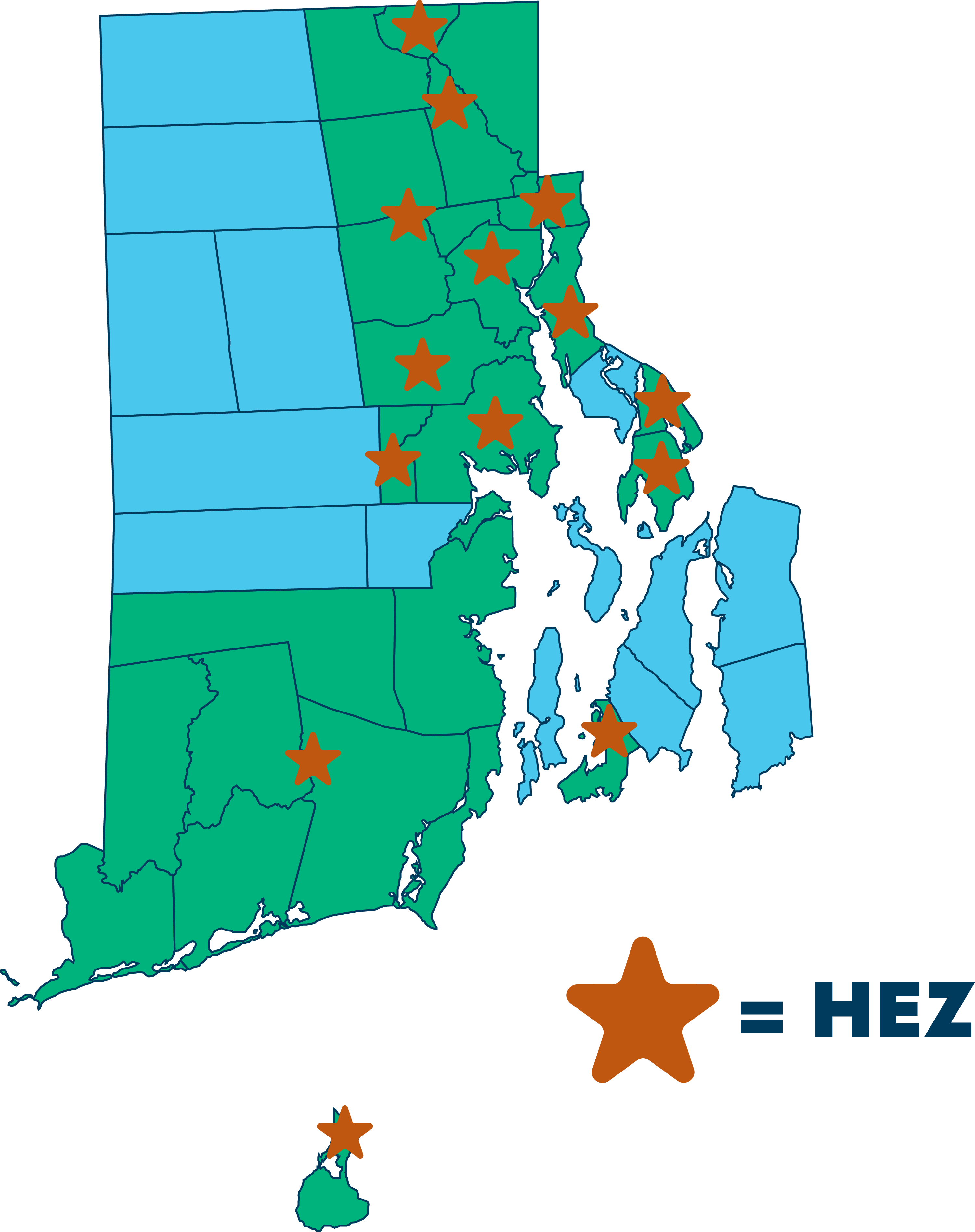

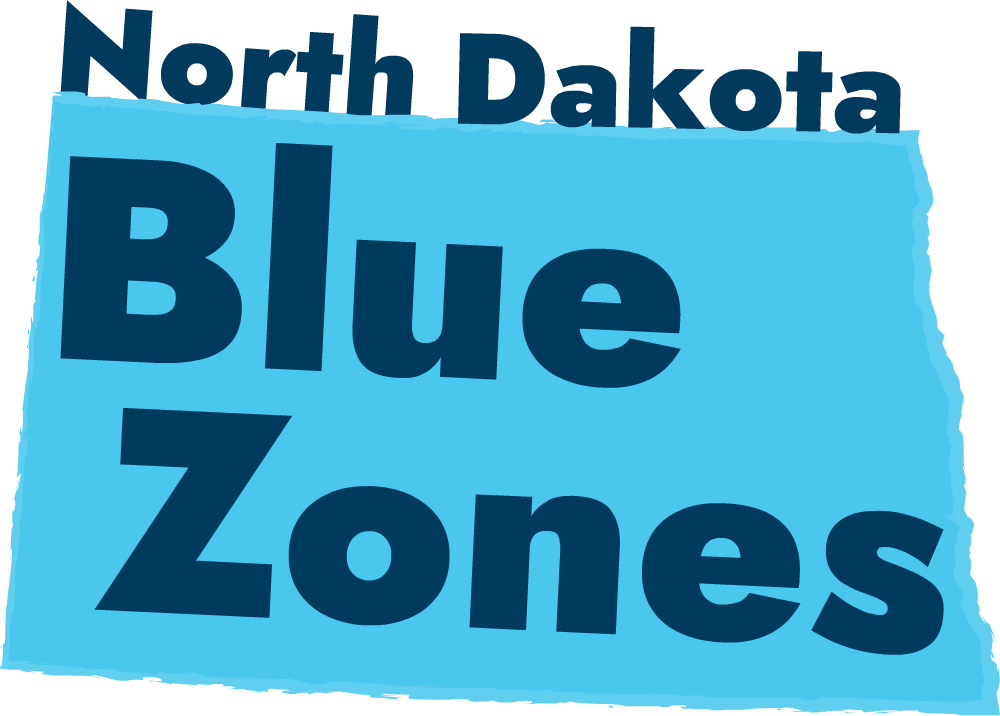
The North Dakota Department of Health (NDDH)’s Blue Zones project is an adaptation of the wider-reaching Blue Zones framework, an initiative that aims to improve health outcomes by making sustainable changes in the built environment.
Blue Zones describes their work as being “informed by the world’s longest-lived cultures” with the aim of “transforming community well-being” through “influencing the area[s] closest to home.”
Beginning with PHHS Block Grant-funded outreach to private partners, NDDH’s Blue Zones model engages community businesses and other stakeholders to fund and participate in initiatives that directly support improvements in community health outcomes.
This public-private partnership is the first of its kind for North Dakota.
Blue Zones community projects focus on 12 “pillars”: 3
Built Environment
Food Policy
Tobacco Policy
Creating New Social Networks
Getting People Involved in Volunteering
Helping People Define a Sense of Purpose
Employers
Schools
Restaurants
Grocery Stores
Faith Organizations
Home
This project emphasizes the importance of partnerships to start innovative work. By relying on partnerships, NDDH was able to make the case to bring private investment into the public health landscape and move the needle forward on health outcomes.
Additional collaborations allowed them to secure funding from private sector partners.


The Blues Zones work in North Dakota maximizes the impact of financial investments by implementing place-based, community-driven activities to address root causes and social determinants of health in their communities.
Thanks for reading!


Footnotes
U.S. Department of Health and Human Services. Social Determinants of Health. Healthy People 2030. https://health.gov/healthypeople/priority-areas/social-determinants-health
Rhode Island Department of Health. Rhode Island’s Health Equity Zone (HEZ) Initiative. https://health.ri.gov/programs/detail.php?pgm_id=1108
Blue Zones. Life Radius. https://www.bluezones.com/live-longer-better/life-radius/
